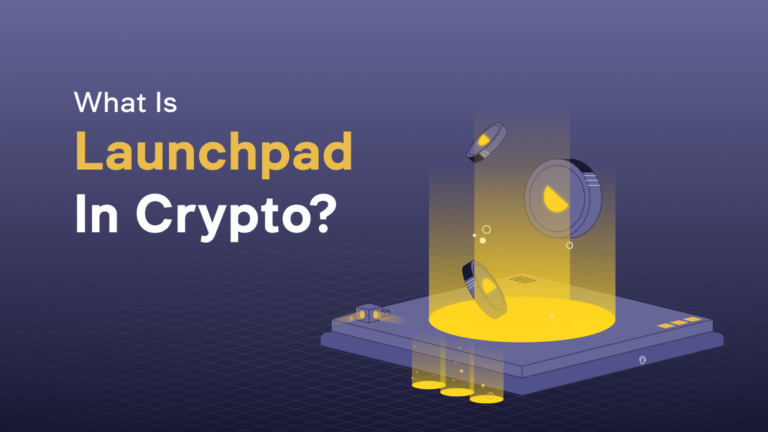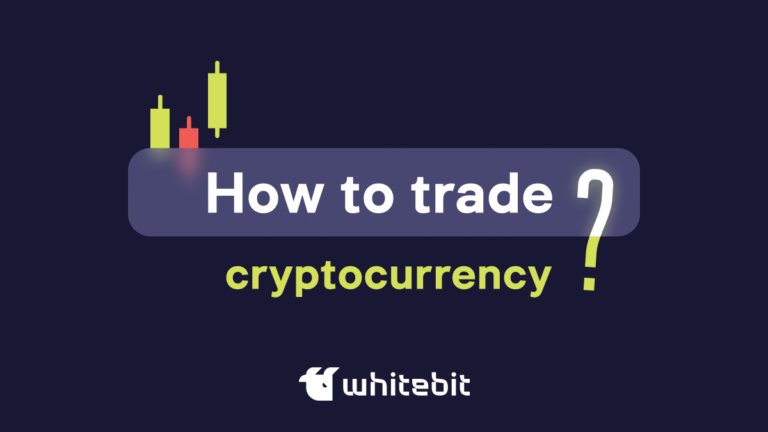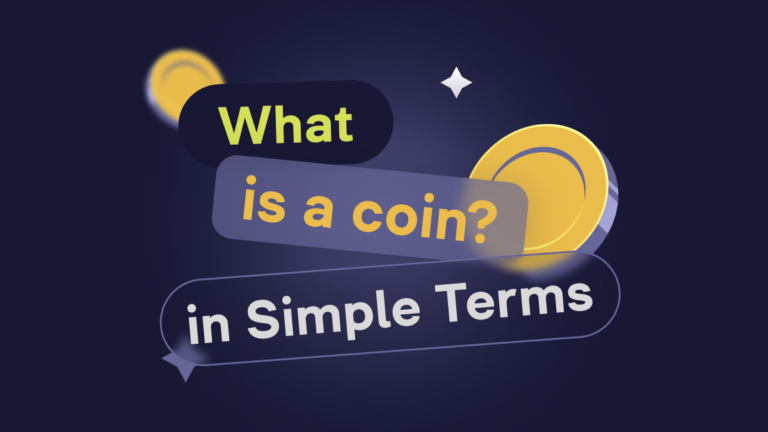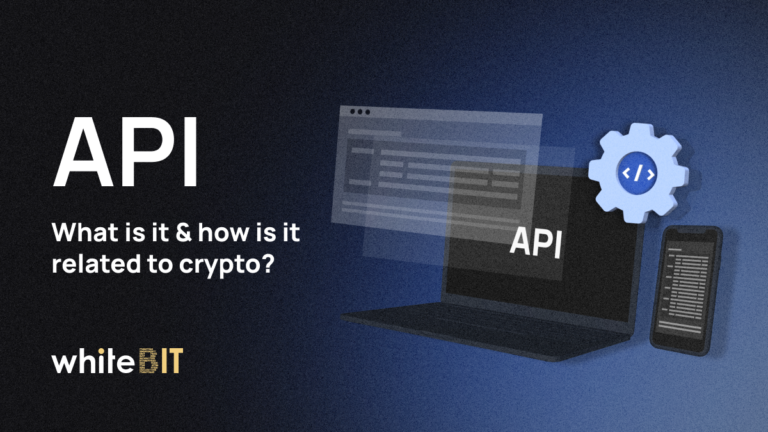What is GameFi in Crypto: A Beginner’s Guide
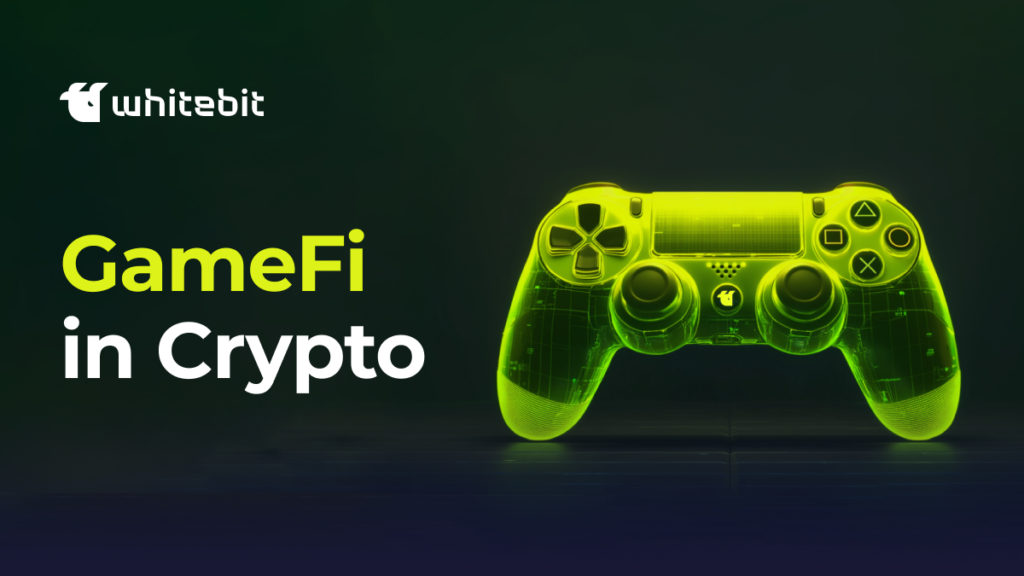
Content
GameFi, short for “Game Finance,” combines gaming and decentralized finance (DeFi) into one innovative ecosystem. It allows players to earn cryptocurrency and digital assets through gameplay, making the experience entertaining and financially rewarding. Unlike traditional video games, where in-game items have no real-world value, GameFi enables players to own, trade, and sell virtual assets on blockchain-based platforms. This new model of gaming, often referred to as “play-to-earn,” has gained significant traction as it provides a way for gamers to profit from their time and skills playing their favorite crypto game. In this guide, we’ll explore the basics of GameFi, how it works, and why it’s becoming an important part of the crypto landscape. Whether you’re a gamer or an investor, understanding GameFi could open up new opportunities in the digital economy.
GameFi Meaning
GameFi is a blockchain-based sector that merges gaming with decentralized finance (DeFi), enabling players to earn cryptocurrency and digital assets through gameplay. Unlike traditional games, where in-game items hold no real-world value, GameFi allows players to own, trade, and monetize their virtual assets on blockchain platforms. This “play-to-earn” model rewards players for their time and skill, making gaming an entertainment activity and a potential source of income. GameFi represents a new frontier in gaming and finance, offering unique opportunities for gamers and investors alike in the growing digital economy.
How Does GameFi Crypto Work
GameFi operates at the intersection of gaming and blockchain technology, creating a unique ecosystem where players can earn, trade, and invest in digital assets. Here’s how it works:
In traditional video games, players accumulate in-game items like weapons, skins, or characters that hold value only within the game’s environment. GameFi represents these assets as non-fungible tokens (NFTs) on a blockchain. This means they have real-world value and can be traded, sold, or used across games supporting the same blockchain standards.
The core of GameFi is the “play2earn” model. Players earn cryptocurrency rewards by completing tasks, winning battles, or achieving milestones within the game. These rewards are typically in the form of the game’s native tokens, which can be traded on various crypto exchanges or used within the game’s ecosystem. The GameFI token list keeps on growing every day.
Blockchain technology ensures that all transactions, including earning and trading assets, are transparent and secure. Players have true ownership of their assets, which are stored on the blockchain and not controlled by any single entity. This decentralization allows for a thriving marketplace where players can trade crypto, invest in rare items, or even create and sell their digital content within the GameFi ecosystem.
Connection with DeFi
GameFi is closely connected to decentralized finance (DeFi) as it incorporates financial elements into gaming through blockchain-based applications. DeFi is a system of financial services built on blockchain technology, allowing users to lend, borrow, trade, and earn interest without traditional banks. In GameFi, these principles are applied within gaming environments using decentralized applications (dApps). Players can earn, trade, and stake their in-game assets and tokens, similar to how users interact with DeFi platforms. This integration enables gamers to participate in decentralized economies, enhancing the gaming experience with real financial opportunities, all powered by blockchain and DeFi protocols.
GameFi Project Categories
The most popular categories of GameFI projects include the following:
- Play-to-Earn (P2E) Crypto Games
Games where players earn cryptocurrency or NFTs by playing and completing in-game tasks.
- Metaverse Platforms
Virtual worlds where users can interact, create, and trade digital assets, often integrating gaming and social experiences.
- NFT-Based Games
Games that use NFTs to represent in-game items, characters, or properties that players can own, trade, or sell.
- Move-to-Earn (M2E) Platforms
Fitness apps that reward users with cryptocurrency for physical activities like walking, running, or exercising.
- Yield Farming and Staking in Games
GameFi projects that allow players to stake in-game assets or tokens to earn rewards or participate in yield farming.
Platforms where players and stakeholders govern the game’s development and ecosystem through voting and participation.
- Virtual Real Estate
Projects where players can buy, sell, and develop virtual land or property within a game or metaverse.
- Cross-Game Asset Platforms
Services that enable the use of digital assets across multiple games or platforms, promoting interoperability in GameFi.
- Game Development Platforms
Tools and platforms that enable developers to create GameFi projects, often providing blockchain integration and asset management.
- A GameFi Launchpad
It is a platform that helps new GameFi projects raise funds and gain visibility by offering investors and players early access to their tokens and assets. It provides a structured environment for launching and supporting blockchain-based gaming projects, allowing participants to invest in promising games before they launch.
Move-to-Earn (M2E)
Move-to-Earn (M2E) is a fitness-focused concept in the blockchain world where users earn cryptocurrency by engaging in physical activities like walking, running, or cycling. Its GameFI tokenomics is built on physical activity. Through apps that track your movement, Move2Earn platforms reward users with tokens based on their activity levels. These tokens can then be traded or sold, offering a way to monetize daily exercise. Crypto rates play a crucial role in the value of these earnings, as the worth of the tokens you accumulate depends on the fluctuating rates in the cryptocurrency market. M2E encourages healthy living while providing financial incentives through blockchain technology.
Play-to-Earn (P2E)
Play-to-Earn (P2E) is a gaming model where players earn real-world rewards, typically in the form of cryptocurrency or NFTs, by participating in games. Powered by Web3 technology, Play2Earn crypto games utilize blockchain to enable true ownership of in-game assets, allowing players to trade, sell, or use them across different platforms. Unlike traditional games, where in-game items have no external value, P2E games reward players financially for their time and effort. Web3 technology ensures transparency and security in these transactions, creating a decentralized gaming ecosystem where players have greater control and the potential to profit from their gameplay.
Examples of Top GameFi Projects
These are some examples of the top GameFI tokens and projects. Some can be considered the best crypto games.
Axie Infinity
Axie Infinity (AXS) is a popular P2E game where players collect, breed, and battle fantasy creatures called Axies. Each Axie is an NFT, and players earn the in-game currency, Smooth Love Potion (SLP), which can be traded on crypto exchanges.
The Sandbox
The Sandbox (SAND) is a decentralized metaverse platform where users can create, own, and monetize virtual experiences and assets. Players can buy, sell, and trade virtual land and other NFTs within the game, all powered by blockchain technology.
Decentraland
Decentraland is a virtual reality platform built on Ethereum. It allows users to explore, create, and trade digital assets, including virtual real estate. Players can also build interactive environments, participate in events, and earn through various activities, making it a key player in the metaverse space.
Pros and Cons of GameFi Tokens
GameFI tokens include many benefits. On the other hand, they have some significant risks.
Benefits of GameFI Ecosystem
GameFi tokens offer numerous benefits within the gaming and decentralized finance ecosystem. One of the primary advantages is the ability to earn real-world value through gaming. Players can convert their time and skills into tangible rewards, such as cryptocurrencies or NFTs, which can be traded or sold on various platforms. This “play-to-earn” model has democratized income access, allowing players worldwide to participate and benefit financially.
Another significant benefit is the decentralization of ownership. In traditional games, in-game assets are controlled by the game developers, with players having limited rights. In the GameFi ecosystem, assets are tokenized on the blockchain, giving players full ownership. This transparency and security offered by blockchain technology also reduce the risk of fraud or asset loss.
GameFi tokens often have multiple use cases within their ecosystems, such as staking for rewards, participating in governance decisions, or purchasing in-game items, which adds to their utility and potential value.
Risks
However, the GameFi ecosystem is not without risks. One of the most significant risks is the volatility of GameFi tokens. Like other cryptocurrencies, these tokens can experience sharp price fluctuations, leading to potential financial losses for players and investors.
Another risk is the speculative nature of many GameFi projects. Some projects may not have sustainable business models or may fail to attract a sufficient user base, leading to the devaluation of tokens and assets. This speculative environment can also lead to scams or fraudulent projects, where developers may disappear with investors’ funds.
Finally, there is the risk of regulatory changes. As governments worldwide begin to scrutinize cryptocurrencies and blockchain technologies more closely, new regulations could impact the operation and value of GameFi tokens. Players and investors must stay informed and cautious when engaging in the GameFi ecosystem.
How to Invest in GameFi Coins
Investing in GameFi coins involves several steps, each requiring careful consideration. First, research is crucial. Start by identifying promising GameFi projects that align with your investment goals. Look for games with strong communities, clear roadmaps on project’s white paper, and active development teams. Popular platforms like Axie Infinity, The Sandbox, and Decentraland are good examples, but exploring newer projects can also present opportunities.
Once you’ve identified potential investments, you’ll need a cryptocurrency wallet that supports the tokens you want to buy. Wallets like MetaMask are widely used for storing GameFi tokens. Next, you’ll need to purchase a base cryptocurrency, typically Ethereum (ETH), which can be used to buy GameFi tokens on decentralized exchanges like Uniswap or on centralized exchanges like Binance.
After purchasing, consider the long-term potential of the GameFi coins. Some investors choose to hold their tokens, betting on future value increases, while others participate in staking or yield farming to earn additional rewards. Remember, investing in GameFi coins can be volatile, so it’s essential to diversify your investments and not put all your funds into a single project.
Finally, stay informed about the project’s updates and the broader GameFi market to make informed decisions and manage your investments effectively.
Conclusion
GameFi represents the convergence of gaming and decentralized finance, allowing players to earn real-world value through gameplay. By leveraging blockchain technology, GameFi introduces true ownership of digital assets, enabling players to trade, sell, and profit from their in-game achievements. This innovative model is transforming how we view gaming, turning it from a pure entertainment activity into a potentially lucrative venture. As the GameFi ecosystem continues to grow, it offers exciting opportunities for gamers and investors, making it an essential area to watch in the evolving world of cryptocurrency and decentralized finance.


